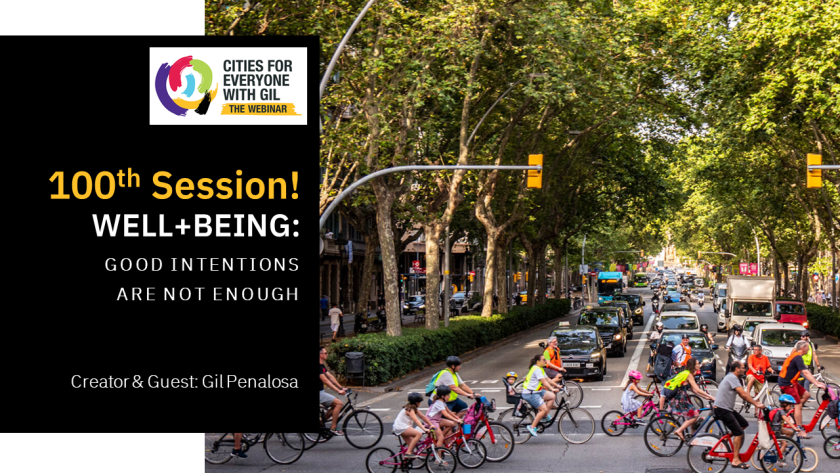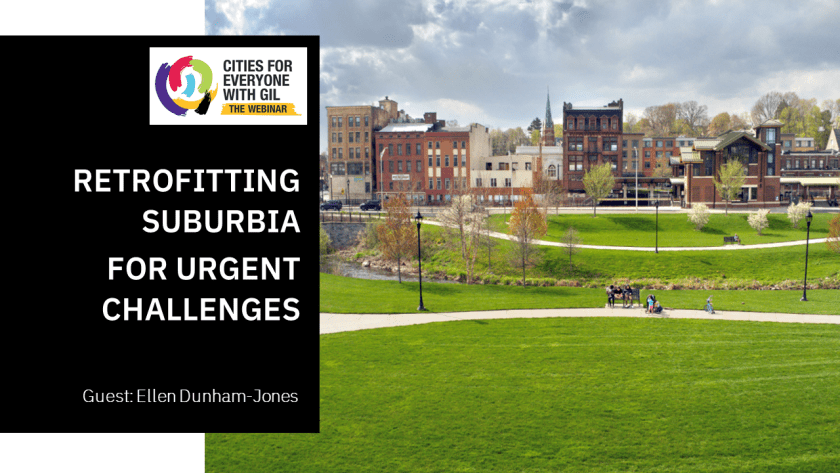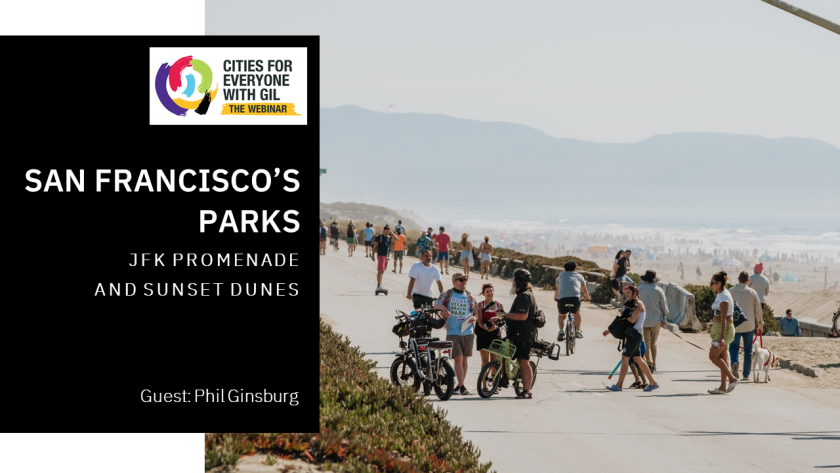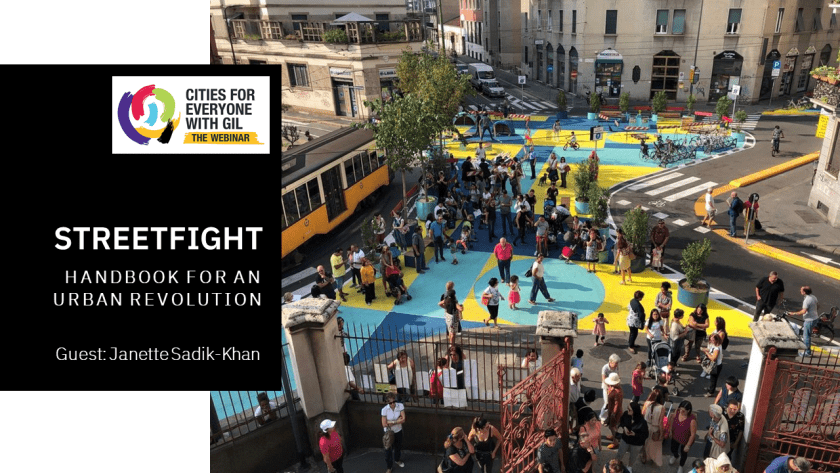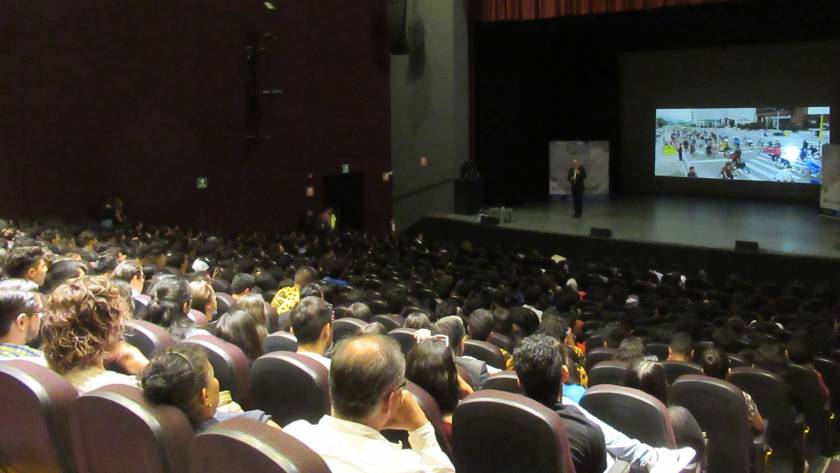Key Takeaways
North Vancouver’s ambition is to become the “healthiest small city in the world” by placing public health at the center of urban planning and design.
The city’s vision is rooted in the idea that every decision should be evaluated based on its impact on physical, mental, and social health.
The approach…
Read More
